Optimal Timing for Sewer Scope Inspections
Sewer scope inspections are most effective when performed during periods of minimal external interference, typically in dry weather conditions. Conducting inspections in the absence of heavy rainfall reduces the risk of water intrusion, which can obscure damage or blockages. Regular inspections are recommended before purchasing a property, after experiencing recurring drain issues, or prior to undertaking renovations that involve plumbing systems.
Performing sewer scope inspections before buying a property helps identify potential issues, saving costs on future repairs.
Inspections after heavy rainfall can reveal damage caused by flooding or water intrusion, which may not be visible during dry conditions.
Inspecting sewer lines before renovation projects ensures the plumbing system is sound, preventing unexpected delays.
Regular inspections help detect early signs of deterioration, avoiding costly repairs and service disruptions.
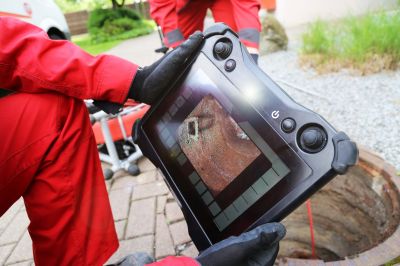
High-resolution cameras are used to detect cracks, blockages, and root intrusion in sewer lines.

Technicians inserting a camera into a sewer line to assess its condition.
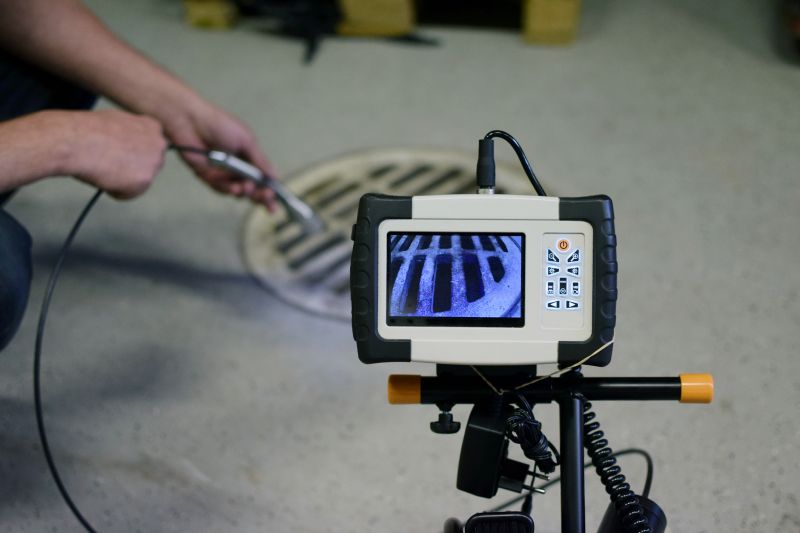
A clear and well-maintained sewer pipe after inspection and repairs.
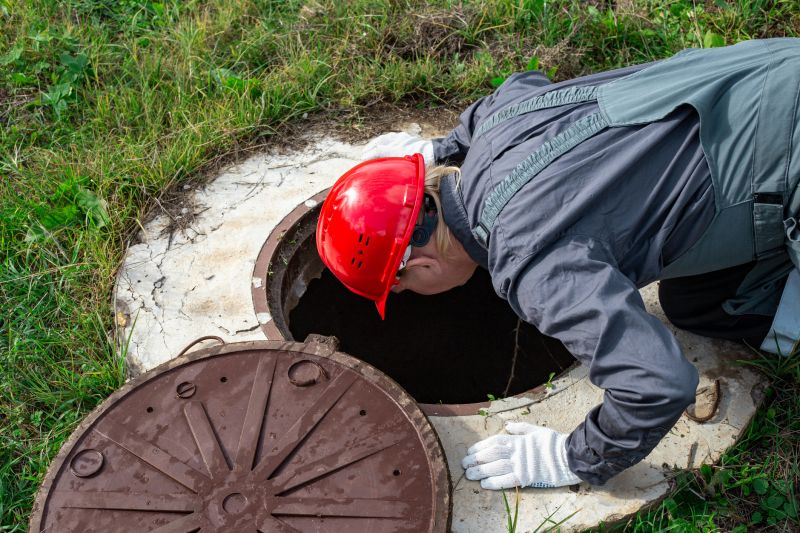
Ways to make Sewer Scope Inspections work in tight or awkward layouts.

Popular materials for Sewer Scope Inspections and why they hold up over time.
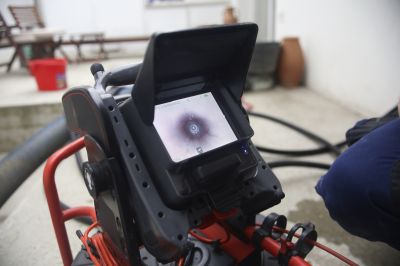
Simple add-ons that improve Sewer Scope Inspections without blowing the budget.
| Season or Condition | Optimal Timing for Sewer Inspections |
|---|---|
| Dry Weather | Ideal for accurate inspections without water interference. |
| Post-Rainfall | Less effective due to water obscuring damage or blockages. |
| Pre-Purchase | Recommended to assess property condition before buying. |
| Pre-Renovation | Ensures plumbing integrity before construction work. |
| Spring/Early Summer | Best seasons due to drier conditions. |
| Winter | Less suitable because of potential freezing and ice. |
Sewer scope inspections utilize specialized cameras to evaluate the interior condition of underground sewer lines. These inspections provide detailed visuals of pipe integrity, identifying issues such as cracks, corrosion, root intrusion, or blockages. Early detection of such problems can prevent extensive damage, costly repairs, and service disruptions. Statistics indicate that regular sewer inspections can reduce emergency repairs by up to 30%, emphasizing their importance in maintaining plumbing system health.
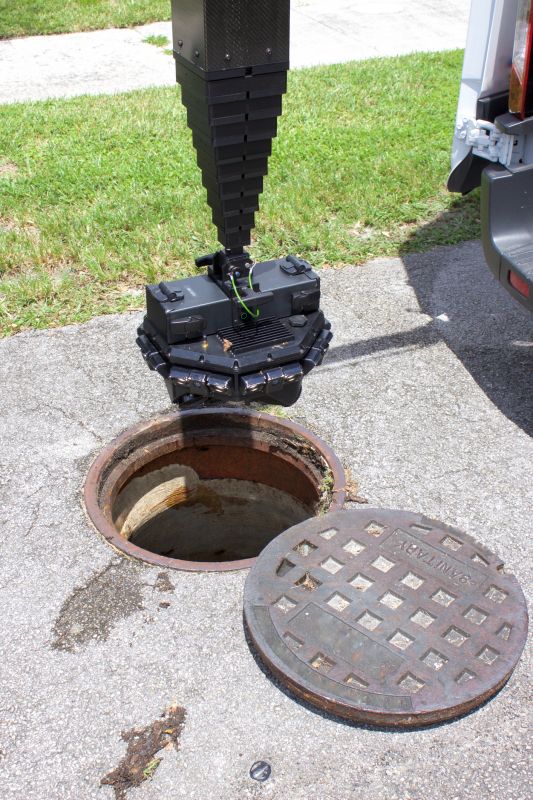
Advanced cameras used for detailed sewer line assessments.
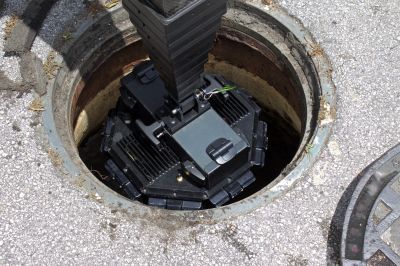
A technician inserting a camera into a sewer pipe for evaluation.
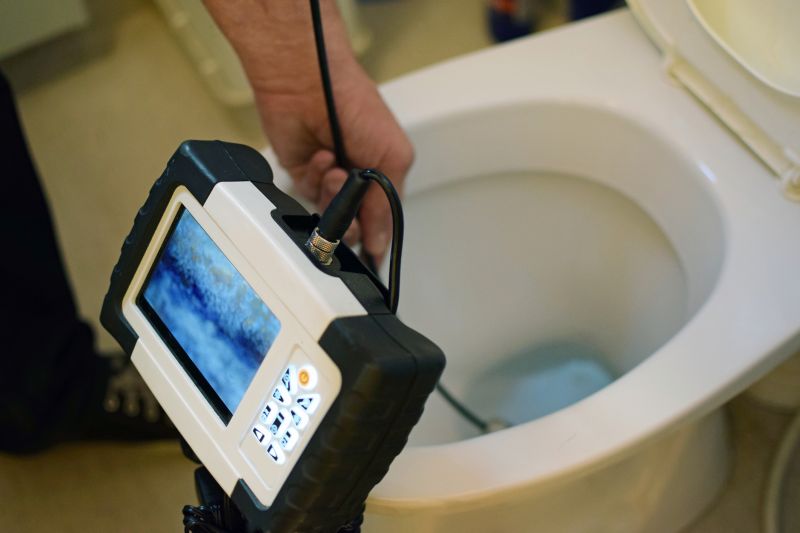
Inspectors reviewing footage to identify potential issues.
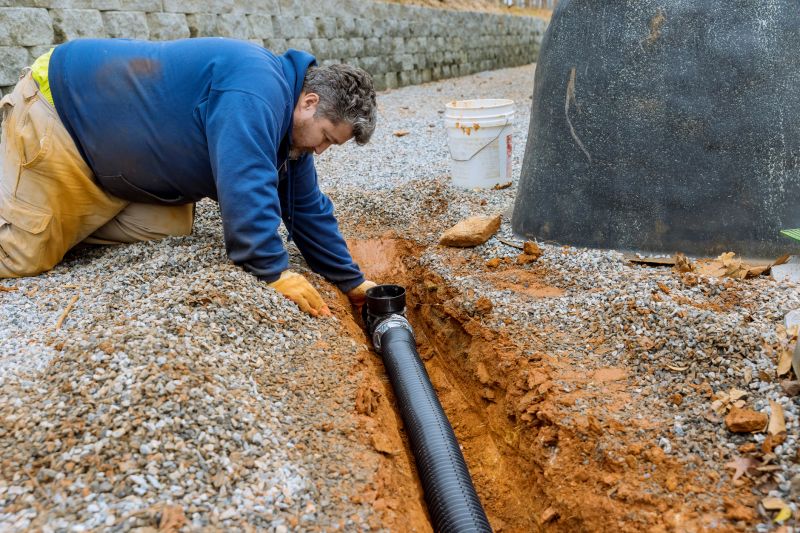
A sewer pipe after repairs following inspection findings.
Interested parties can contact for more information or to schedule a sewer scope inspection. Proper timing, combined with professional assessment, ensures the longevity and reliability of the plumbing system, avoiding unexpected failures and costly repairs.



